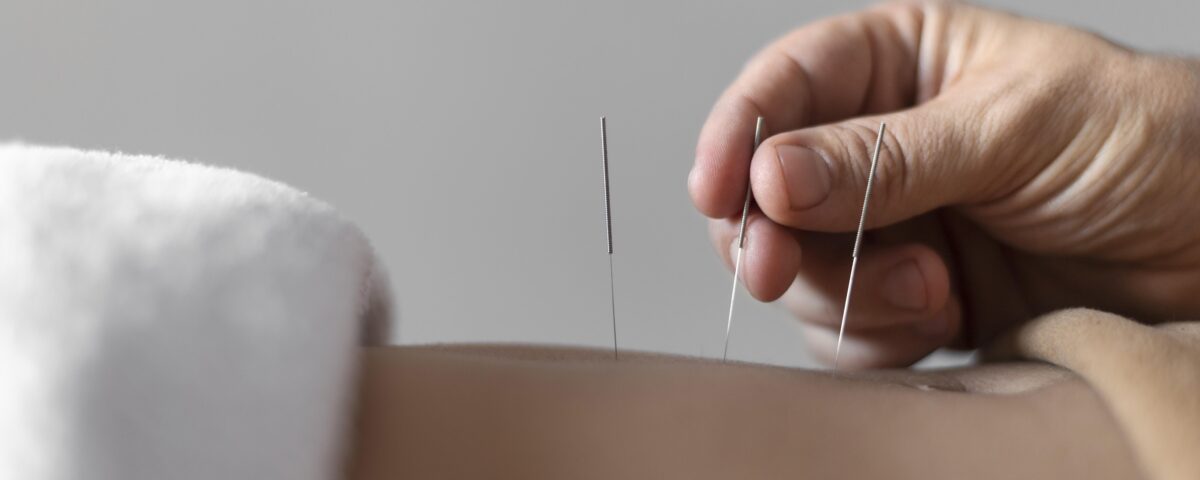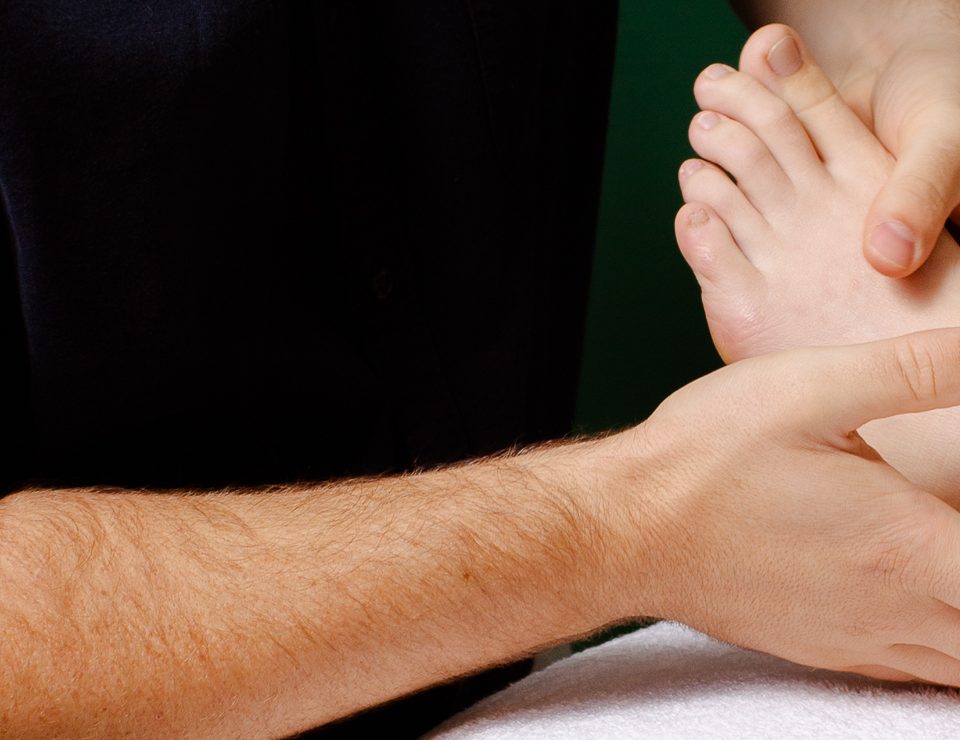Unveiling the Power of Dry Needling: A Comprehensive Guide for Effective Treatment
Musculoskeletal rehabilitation is continuously evolving. One technique that has been gaining prominence for its effectiveness in managing a wide range of conditions is dry needling. If you have not heard of dry needling or want to learn more about its uses in physiotherapy keep reading to understand whether dry needling could be part of your treatment plan.
What is Dry Needling?
Dry needling is a specialized technique performed by trained Physios, designed to address neuromuscular injuries and pain while tackling movement dysfunction. The technique involves the use of thin filiform needles to penetrate the skin, fascia, and muscles, targeting adhesions, trigger points, and connective tissue. By doing so, it accelerates the healing process, alleviates pain by reducing muscle hypertonicity, enhances joint range of motion, and corrects movement dysfunction through the release of trigger points.
Dry Needling is Not Acupuncture
While both dry needling and acupuncture involve the use of thin needles, they differ significantly in their approach and philosophy. Acupuncture, rooted in ancient Chinese tradition, focuses on balancing energy flow (qi) through meridians. In contrast, dry needling relies on an in-depth understanding of skeletal and neuroanatomy. Practitioners utilise this knowledge to identify damaged and sensitive tissues, tension within muscles, and trigger points. The approach involves a comprehensive examination, including movement analysis, musculoskeletal evaluation, and neurological testing.
Understanding Trigger Points
Central to dry needling is the concept of trigger points. These are hyper-sensitive spots in muscle/fascia characterised by pain when compressed. Trigger points consist of taut muscular/fascial bands that restrict oxygenated blood flow, causing pain referral, tenderness, and motor dysfunction. Dry needling uniquely targets and stimulates these trigger points to release tension and alleviate pain.
The Twitch Response
A fascinating aspect of dry needling is the twitch response – a localised, reflexive reaction of a dysfunctional muscle area to needle stimulation. This response leads to the rapid release of taut muscle bands, reducing tightness and sensitivity. Research suggests that the twitch response is indicative of successful treatment, as it signifies the needle has hit the precise spot needed for therapeutic impact.
Is Dry Needling Therapy Painful
Dry needling generally involves minimal discomfort. Patients may experience a mild, dull ache during and up to 24 hours post-treatment. The ‘twitch response’ may cause some discomfort, but it is brief. Post-treatment muscle soreness is normal, and it can be mitigated by staying hydrated, stretching, gentle movement, and applying heat to the affected area. Side effects are typically mild and may include muscle soreness and bruising in some cases.
As the scope of physiotherapy expands, dry needling has emerged as a dynamic and effective tool in the treatment of musculoskeletal issues. If you’re considering this therapy, talk to any of City Physio’s team and see if this might be helpful in your rehabilitation journey.



